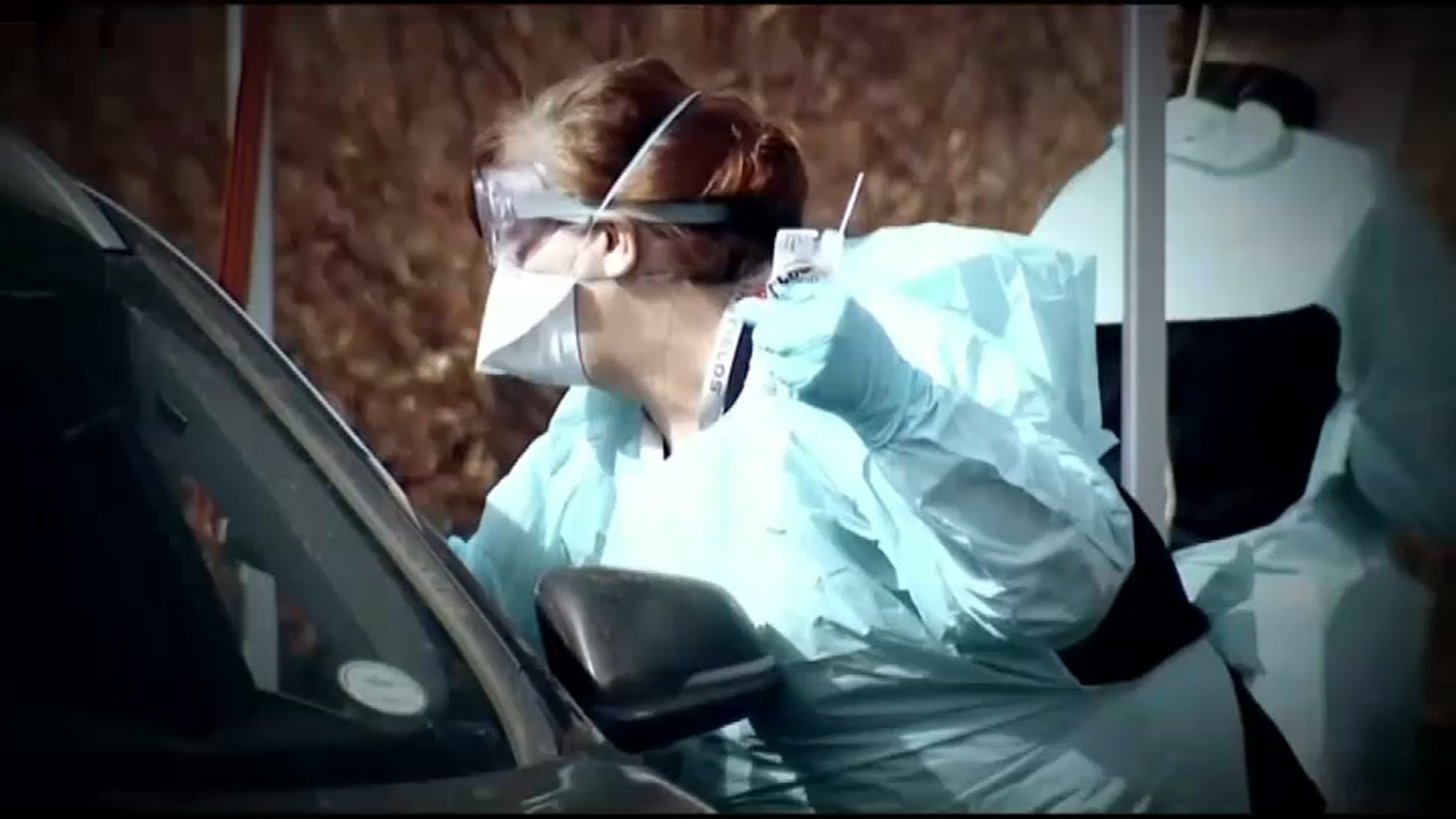Across the Midwest, governors have agreed to work together on a plan to reopen the economy, though some states are already planning to lift their orders while others are extending.
Illinois remains under a stay-at-home order through April 30 and Gov. J.B. Pritzker has said a decision on if it will be extended is coming.
“We talk to our partners in the healthcare community, in the scientific community to try to determine what or how we ought to make sure that we're keeping people safe in the month of May, because we're talking about the end of the order at April 30. So we're continuing to do that and we'll be making [our] decisions over the next several days, I'm sure over the next week," he said.
Wisconsin on Thursday extended its stay-at-home order through May 26.
The state's stay-at-home order was originally slated to expire next week but Gov. Tony Evers on Thursday extended it for another month, keeping non-essential businesses closed to slow the spread of the coronavirus.
Meanwhile, in Ohio, the state's stay-at-home order is expected to be lifted on May 1, with Gov. Mike DeWine already laying out a plan to begin reopening.
"I am an optimist and am confident that Ohioans will also live up to the challenge of doing things differently as we open back up beginning on May 1," Gov. Mike DeWine tweeted.
Similarly, Gov. Eric Holcomb in Indiana said the state is preparing to potentially reopen in early May, but declined to give a specific date.
"I'm going to be looking at the numbers," he said. "We've said all week long here in the state of Indiana that these next few days are very important to us."
"I'm not putting a May 1 date out there, or May 2 or May 7 or May 8, but we are thinking early May," he said.
Similar to Illinois, Michigan's stay-at-home order was extended through April 30.
The governor said the restrictions were necessary to stop the spread of the coronavirus, which has killed more than 1,900 Michigan residents and overwhelmed hospitals in the Detroit area.
The decisions have prompted questions as Illinois remains in question.
"What I would say is that, you know, April 30 is the deadline that we set," Pritzker said. "We certainly will be making decisions about it. We look at it every day. And to the extent that other states are looking at, you know, opening certain kinds of businesses on certain dates, obviously, we have different economies across these states. We share a lot in common, however. And so a lot of the ideas that we each have about our state are applicable to one another. As to the date that somebody picks, part of it is dependent, as I said, upon the increase in testing. Does the state feel comfortable based upon their population, that they're doing enough testing. Because you can't just look at the base number of tests that a state is doing. It's based upon population, right? And how many out of a million people are getting tested each day. We're not where we want to be in the state. The other part of it is that, as I've said, we need to do much more tracking and tracing. I think that's very, very important. And we're spinning up a tracking and tracing capability, this contact tracing."
Governors in seven Midwest states announced a plan Thursday to work together on reopening the regional economy when the coronavirus pandemic begins to subside.
The group includes Illinois, Michigan, Ohio, Wisconsin, Minnesota, Indiana and Kentucky.
“We are doing everything we can to protect the people of our states and slow the spread of COVID-19, and we are eager to work together to mitigate the economic crisis this virus has caused in our region," the group said in a joint statement. "Here in the Midwest, we are bound by our commitment to our people and the community. We recognize that our economies are all reliant on each other, and we must work together to safely reopen them so hardworking people can get back to work and businesses can get back on their feet."
The group said they will look for four factors when determining when to reopen the economy:
- Sustained control of the rate of new infections and hospitalizations.
- Enhanced ability to test and trace.
- Sufficient health care capacity to handle resurgence.
- And best practices for social distancing in the workplace.
“Phasing in sectors of our economy will be most effective when we work together as a region," the joint statement read. "This doesn’t mean our economy will reopen all at once, or that every state will take the same steps at the same time. But close coordination will ensure we get this right.”
Similar announcements have been made by governors in states across the country.
The Trump administration also issued new guidelines Thursday for states, individuals and employers on how to ease up on social distancing to deal with the coronavirus in areas where COVID-19 are on the decline.
The guidelines distributed to governors are published under the headline “Opening Up America Again.”
The guidelines say states or regions should meet certain criteria before moving to a phased opening. For example, there needs to be a downward trajectory of documented COVID-19 cases within a 14-day period and a robust testing program in place for at-risk health care workers.
“You're going to call your own shots," Trump told governors in a call.
Illinois reported its deadliest day so far during the coronavirus pandemic, with 125 deaths reported in 24 hours, bringing the state total over 1,000. Still, officials have said data indicates the curve is flattening.



